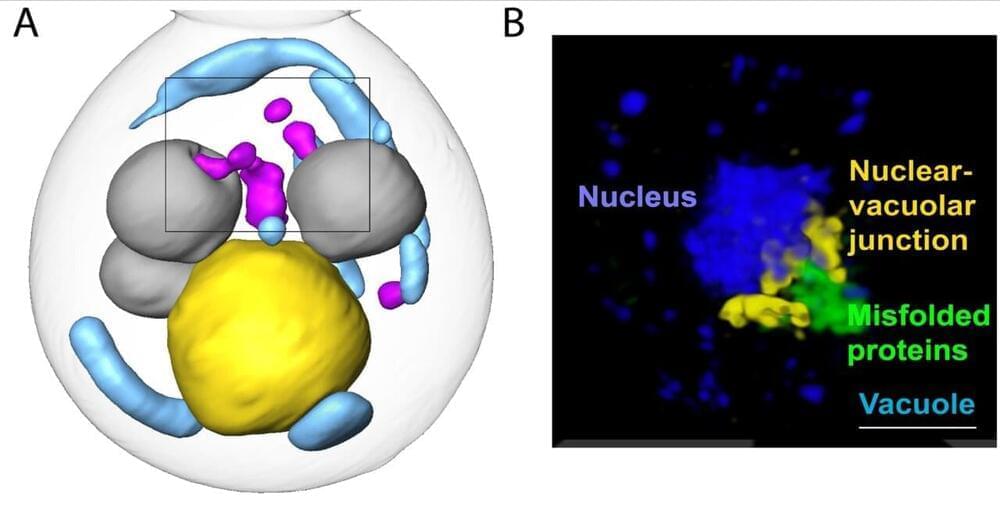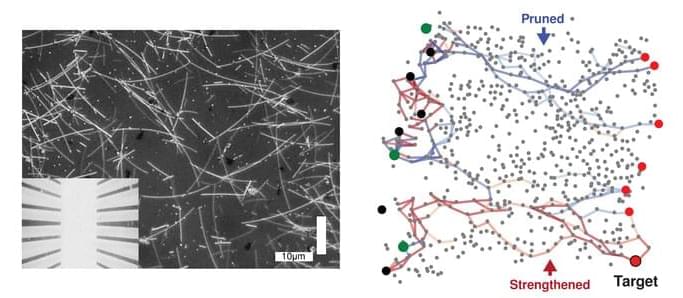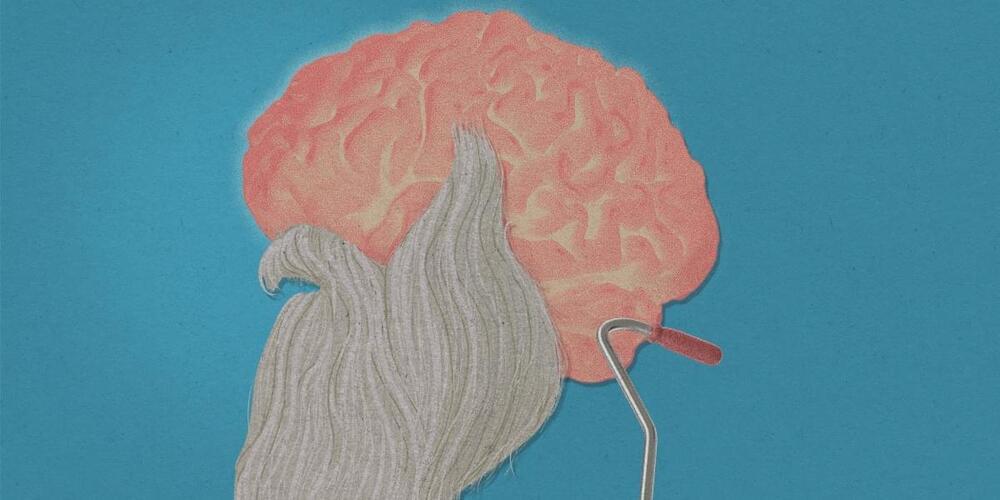Scientists have successfully grown a monkey brain to be larger than its regular size by using a human brain gene, replicating that historical moment when humans and primates were set apart.



A study reflects on how these plastic particles can increase the risk of neuroinflammation and neurodegeneration.
We have known for a while that microplastics are in our bloodstreams, making their way into our bodies through daily consumables like milk and meat. The foreign presence of micro and nano-plastic particles (MNPs) in our bodies is dangerous for obvious reasons, and they can potentially reach remote locations and penetrate living cells.
In a scary confirmation of this potentiality, a new study has found that polystyrene, a widely-used plastic found in food packaging, could be detected in the brain just two hours after ingestion.

Last 2020, scientists were able to pick up distinct brain signals that had never been observed before. Such findings hint at how the brain is a more powerful computational device than previously thought.
Distinct Brain Signals
According to Science Alert, back then, researchers from German and Greek institutes were able to report a brain mechanism in the outer cortical cells. They reported their discoveries in the Science journal.

The researchers found those who showed positive age beliefs were 30% more likely to recover from cognitive impairment than those who held negative age beliefs, irrespective of the severity of the cognitive decline. The time for recovery was also quicker in people with positive age beliefs.
They also found that the participants who stayed positive about aging were less likely to develop mild cognitive impairment over 12 years.
It is widely believed that memory loss associated with aging is irreversible. However, a new study says people who embrace aging positively may recover from cognitive decline.
Cognitive decline in older adults includes difficulty in thinking, memory, concentration, and other brain functions. The cognitive impairment may strike all of a sudden or gradually progress with age.

Misfolded proteins are toxic to cells. They disrupt normal functions and cause some age-related human degenerative diseases, like Alzheimer’s, Parkinson’s, and Huntington’s diseases. Cells work constantly to eliminate misfolded proteins, but these clearance mechanisms are still poorly understood.
In a new study published April 20 in Nature Cell Biology, researchers at Stanford University discovered a previously unknown cellular pathway for clearing misfolded proteins from the nucleus, the compartment where the cell stores, transcribes, and replicates its DNA. Keeping junk away from those processes is critical to normal cellular function. The new pathway could be a target for age-related disease therapies.
To find the new pathway, researchers in the lab of Judith Frydman, the Donald Kennedy Chair in the School of Humanities and Sciences, integrated several genetic, imaging, and biochemical approaches to understand how yeast cells dealt with misfolded proteins. For the experiments, the team restricted misfolded proteins to either the nucleus or the cytoplasm—the area inside the cell but outside the nucleus. The team visually followed the fate of the misfolded proteins through live-cell imaging and super-resolution microscopy.

An international team led by scientists at the University of Sydney has demonstrated nanowire networks can exhibit both short-and long-term memory like the human brain.
The research has been published today in the journal Science Advances (“Neuromorphic learning, working memory, and metaplasticity in nanowire networks”), led by Dr Alon Loeffler, who received his PhD in the School of Physics, with collaborators in Japan.
Photograph of nanowire network (left), network’s pathways changing and strengthening (right). (Image: Alon Loeffler)

Get early access to our latest psychology lectures: http://bit.ly/new-talks5
If I have a visual experience that I describe as a red tomato a meter away, then I am inclined to believe that there is, in fact, a red tomato a meter away, even if I close my eyes. I believe that my perceptions are, in the normal case, veridical—that they accurately depict aspects of the real world. But is my belief supported by our best science? In particular: Does evolution by natural selection favor veridical perceptions? Many scientists and philosophers claim that it does. But this claim, though plausible, has not been properly tested. In this talk, I present a new theorem: Veridical perceptions are never more fit than non-veridical perceptions which are simply tuned to the relevant fitness functions. This entails that perception is not a window on reality; it is more like a desktop interface on your laptop. I discuss this interface theory of perception and its implications for one of the most puzzling unsolved problems in science: the relationship between brain activity and conscious experiences.
Prof. Donald Hoffman, PhD received his PhD from MIT, and joined the faculty of the University of California, Irvine in 1983, where he is a Professor Emeritus of Cognitive Sciences. He is an author of over 100 scientific papers and three books, including Visual Intelligence, and The Case Against Reality. He received a Distinguished Scientific Award from the American Psychological Association for early career research, the Rustum Roy Award of the Chopra Foundation, and the Troland Research Award of the US National Academy of Sciences. His writing has appeared in Edge, New Scientist, LA Review of Books, and Scientific American and his work has been featured in Wired, Quanta, The Atlantic, and Through the Wormhole with Morgan Freeman. You can watch his TED Talk titled “Do we see reality as it is?” and you can follow him on Twitter @donalddhoffman.
Links:
- Get our latest psychology lectures emailed to your inbox: http://bit.ly/new-talks5
- Check out our next event: http://theweekenduniversity.com/events/

EXPERTS:
It’s a step that could one day lead to advances for humans that boost quality of life for many by: giving amputees and those with spinal injuries control of advanced prosthetics, stimulating the sacral nerve to restore bladder control, stimulating the cervical vagus nerve to treat epilepsy and providing deep brain stimulation as a possible treatment for Parkinson’s.